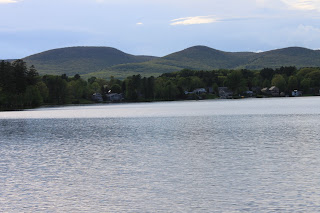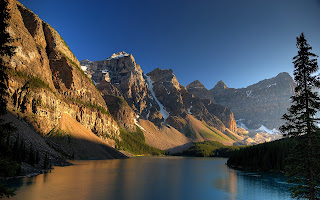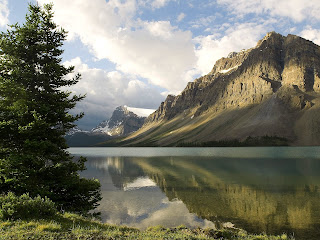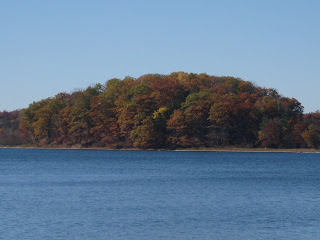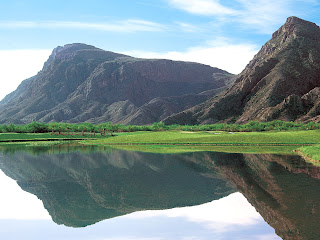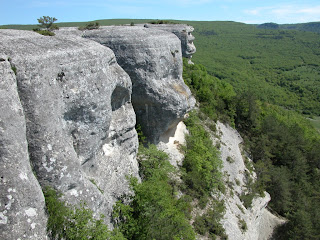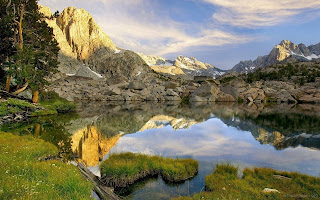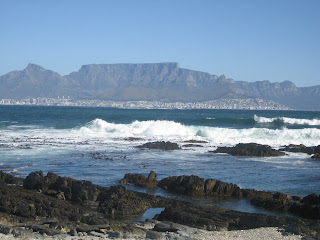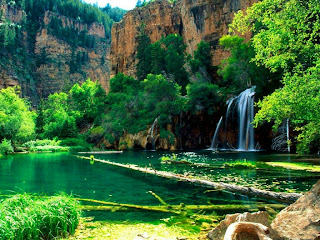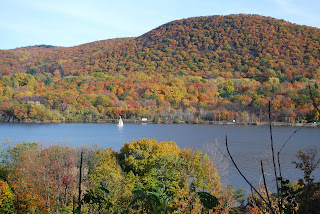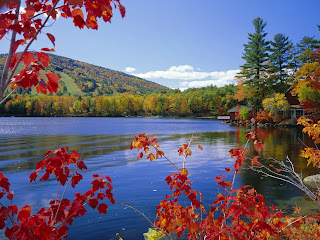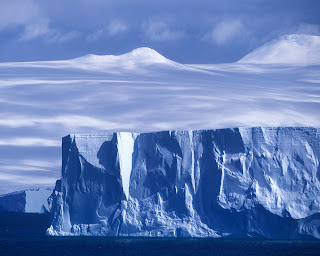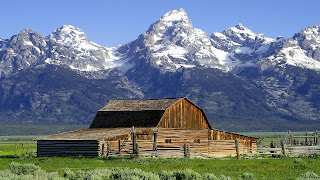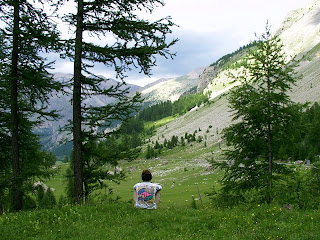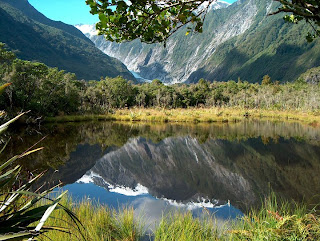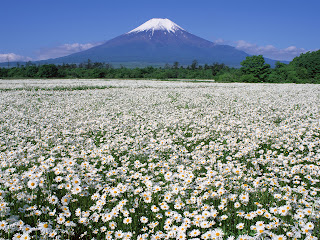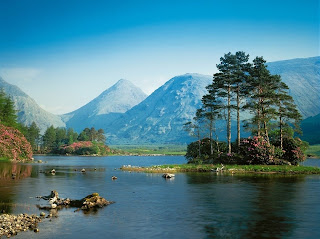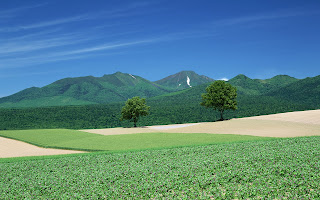The distinction between a hill and a mountain is unclear and largely subjective, but a hill is generally somewhat lower and less steep than a mountain. In the United Kingdom geographers historically regarded mountains as hills greater than 1,000 feet (300 m) above sea level, which formed the basis of the plot of the 1995 film The Englishman Who Went Up a Hill But Came Down a Mountain. In contrast, hillwalkers have tended to regard mountains as peaks 2,000 feet (610 m) above sea level: the Oxford English Dictionary also suggests a limit of 2,000 feet (610 m). This has led to Cavanal Hill in Poteau, Oklahoma, receive billing as the "World's Tallest Hill" due to its height of 1,999 feet (609 m). Mountains in Scotland are frequently referred to as "hills" no matter what their height, as reflected in names such as the Cuillin Hills and the Torridon Hills. In Wales, the distinction is more a term of land use and appearance and has nothing to do with height.
A hillock is a small hill. Other words include knoll and (in Scotland, Northern Ireland and northern England) its variant, knowe.
Artificial hills may be referred to by a variety of technical names, including mound and tumulus.
Hills of the Judean Desert.
Hills may form through a number of geomorphic phenomena: faulting, erosion of larger landforms, such as mountains and movement and deposition of sediment by glaciers (e.g. moraines and drumlins, or by erosion exposing solid rock which then weathers down into a hill. The rounded peaks of hills results from the diffusive movement of soil and regolith covering the hill, a process known as downhill creep.
Areas that would otherwise have hills do not because of glacier cover during the Ice Age. The hills that existed before the ice age were worn down by the ice (and the rocks they carry) and/or the surrounding valleys and hollows were filled in with glacial drift, therefore leaving a level topography. The contrast between the flat plains of northern Indiana, once covered by ice, and the rugged hills of southern Indiana, where the ice never reached, is a result of this. Another example is the Driftless Zone, an island of hilly country that the ice sheets missed, surrounded by glacial plains, also in the American Midwest.




